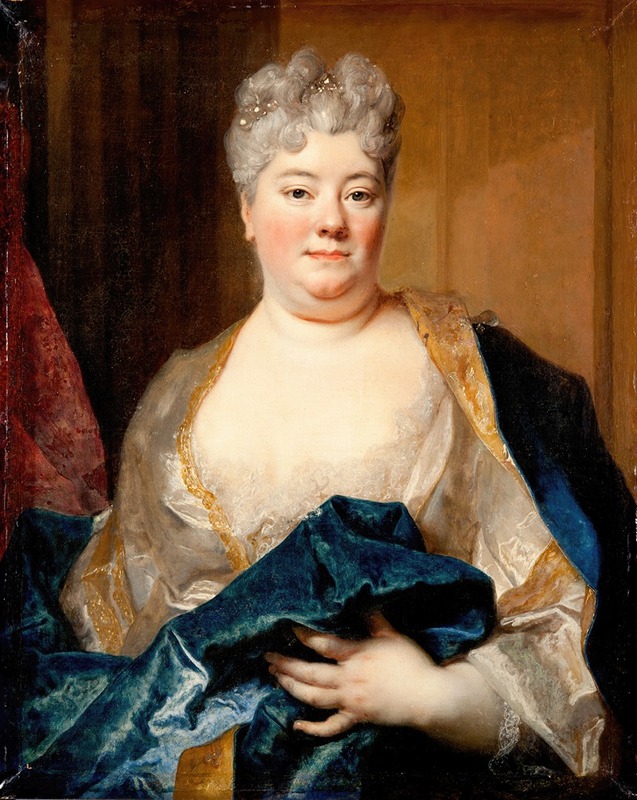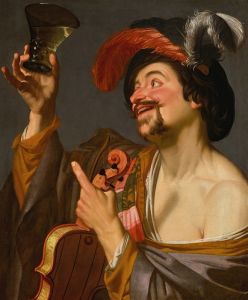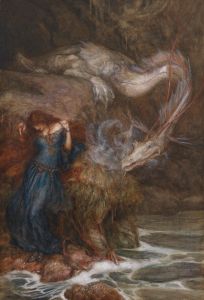
Stina Lillie
A hand-painted replica of Nicolas de Largillière’s masterpiece Stina Lillie, meticulously crafted by professional artists to capture the true essence of the original. Each piece is created with museum-quality canvas and rare mineral pigments, carefully painted by experienced artists with delicate brushstrokes and rich, layered colors to perfectly recreate the texture of the original artwork. Unlike machine-printed reproductions, this hand-painted version brings the painting to life, infused with the artist’s emotions and skill in every stroke. Whether for personal collection or home decoration, it instantly elevates the artistic atmosphere of any space.
Nicolas de Largillière was a prominent French painter known for his portraits, still lifes, and historical scenes. Born in Paris in 1656, Largillière trained in Antwerp and worked in England before returning to France, where he became a leading portraitist of the late 17th and early 18th centuries. His works are characterized by their rich color, detailed textures, and the dignified yet lively portrayal of his subjects.
One of his notable works is the portrait of Stina Lillie, a painting that exemplifies Largillière's skill in capturing the elegance and personality of his sitters. Stina Lillie was a member of the Swedish nobility, and her portrait reflects her status and refinement. The painting is believed to have been created in the early 18th century, during a period when Largillière was at the height of his career and in high demand among the European aristocracy.
In the portrait, Stina Lillie is depicted with a serene and composed expression, her gaze directed slightly away from the viewer, which was a common pose in Largillière's portraits to convey a sense of grace and introspection. She is dressed in luxurious attire, indicative of her noble status, with intricate detailing on her clothing that showcases Largillière's attention to texture and fabric. The use of light and shadow in the painting highlights her facial features and the opulence of her garments, creating a three-dimensional effect that brings the subject to life.
Largillière's technique involved the use of rich, vibrant colors and a meticulous approach to capturing the textures of different materials, from the softness of skin to the sheen of silk and the sparkle of jewelry. This attention to detail not only demonstrated his technical prowess but also served to emphasize the wealth and sophistication of his subjects.
The background of the portrait is typically subdued, ensuring that the focus remains on Stina Lillie. This compositional choice is consistent with Largillière's style, where the sitter is often placed against a plain or softly rendered backdrop, allowing their presence and personality to dominate the canvas.
Nicolas de Largillière's portraits were highly sought after by the European elite, and his ability to convey both the physical likeness and the social stature of his subjects made him one of the most celebrated portraitists of his time. The portrait of Stina Lillie is a testament to his mastery of the genre and his contribution to the art of portraiture in the Baroque period.
Today, Largillière's works, including the portrait of Stina Lillie, are held in high regard and can be found in major art collections and museums around the world. They continue to be studied and admired for their artistic excellence and historical significance, offering a glimpse into the lives and appearances of the European aristocracy during the late 17th and early 18th centuries.


















